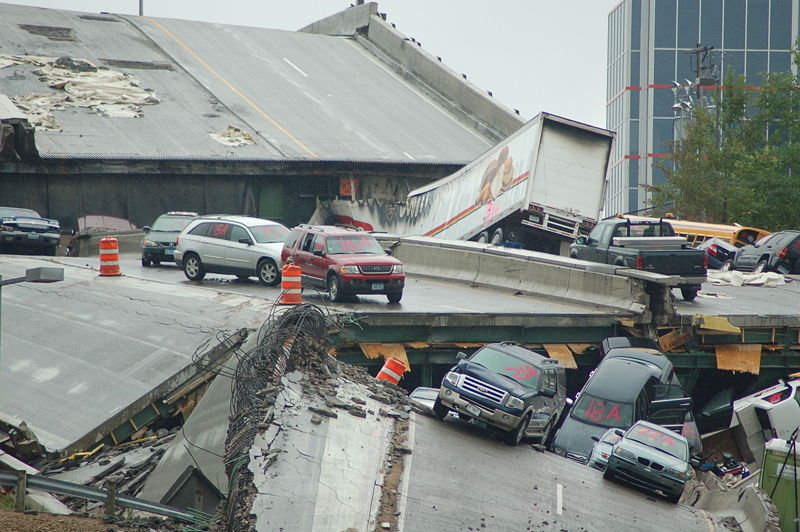CONTRACTORS BEWARE OF RETROACTIVE LIABILITY FOR DESIGN FLAWS
by: Mark A. Cobb
A recent development from the United States Supreme Court may have profound repercussions affecting almost everyone in the design, build and construction industries.
This case stems from the 2007 collapse of the I-35W bridge in Minnesota which killed 13 people. The bridge, which had been designed by the engineering firm of Sverdrup & Parcel and Associates, Inc., was completed in 1967. Forty years of use later, the bridge collapsed; although the causes of the bridge’s collapse are still contested, many professionals point to (i) design flaws caused by the original engineers and (ii) Minnesota’s Department of Transportation’s failure to adequately maintain the bridge.
Based upon fairness and foreseeability doctrines, every jurisdiction has a Statute of Repose, Statute of Limitations, Doctrine of Laches or similar concept which limits liability after a certain amount of time. Perhaps this is an extreme example, but if the Roman Colosseum were to collapse, no one would expect to make the original builders liable. It’s just been too long!
1964–Minnesota’s Statute of Repose: In 1964, the State of Minnesota enacted a Statute of Repose which limited actions arising from construction projects to ten years. In other words, the engineers and builders could not be held liable for claims arising from their work after ten years from the completion of the construction. In our example, the builders of the bridge could not be liable for any claims arising from their work after 1977 (tens years from the bridge’s completion). In 1980, Minnesota amended its Statute of Repose to extend liability for an additional 5 years; thus, if this amendment were applied retroactively, those designing and constructing the bridge would not have any liability after 1982 (fifteen years from the bridge’s completion).
2008–Minnesota’s Enacts Compensation Statute: After the collapse of the bridge in 2007, Minnesota enacted new legislation in 2008 known as the “compensation statute”. This legislation allows Minnesota to recoup any payments which the state made to the victims of the collapse from the builders and contractors who worked on the bridge. Thus, although the state’s Statute of Repose limited the contractors’ liabilities after 15 years, a statute enacted 41 years after the bridge’s completion sought to retroactively impose liability on the engineers and builders! In fact, the original designers of the bridge (Sverdrup & Parcel and Associates, Inc.) is no longer intact and has become a part of Jacobs Engineering Group, Inc.
2012–Impact on Contractors: So what has been happening since the enactment of the 2008 statute? It has been in litigation. At the state level, Jacobs Engineering (the successor entity to the bridge’s original design group) has been arguing the unconstitutionality of the 2008 legislation. As the case has worked its way through the state court system, the new compensation statute has been upheld by the Minnesota courts. Finally, after the statute was upheld by the Minnesota Supreme Court, Jacobs Engineering filed a writ of certiorari to the United State’s Supreme Court which asked the high court to review the 2008 legislation and its applicability to construction work completed in 1967 (Jacobs Engineering Group Inc., v. State of Minnesota). Last week, the Supreme Court denied Jacobs Engineering’s request and refused to hear the case.
The impact of this case has wide implications involving contractor liability, retroactive legislation, inability to assess risks; not only that, it opens the field for other states to re-establish liability on construction professionals long after fairness–or even state statute!–allows.
This is a general information article and should not be construed as legal advice or a legal opinion. The content above has been edited for conciseness and additional relevant points are omitted for space constraints. Readers are encouraged to seek counsel from a construction lawyer for advice on a particular circumstance.


